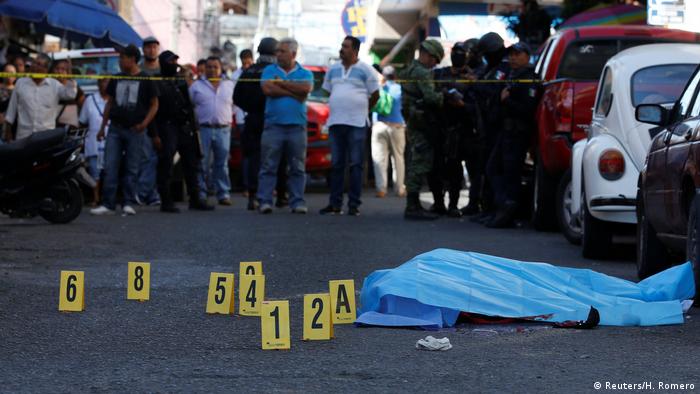
Reporting the truth, only the truth.
LTC announces plans to expand Lenderpool Port
Vitteborg, September 10th, 6:03 AM / Written by Caroline Hauffman
The Lenderpool Port
LENDERPOOL - The current Director of the Leonnian Transport Company, a state-owned company responsible for maintaining the national infrastructure, has announced plans to expand the Lenderpool Port, located in the city of the same name. Mr Henry Thammes, the company's current Chief Executive Officer, told a news conference in Vitteborg yesterday that: "LTC has serious plans to expand Lenderpool Port and increase its productivity by up to 30% over the next ten years." Mr Thammes, who has been in office since 2022, continued by stating the economic benefits that the city of Lenderpool and the national economy would get, stating that Leonnia's growing economy needs a larger port for the flow of its exports.
Earlier this morning, the Bank of Leonnia not only confirmed LTC's plans, but also announced that it would be "poised to invest in the work", proving that modernization plans are in advanced stages. The Mayor of Lenderpool, Mr Donald White (CDP) has not yet spoken to the media. The Port of Lenderpool (pictured) is one of the oldest ports of the Commonwealth, having its creation still during the colonial period, in 1799. It is the largest port of the country, receiving its last reform in 2002.
COMMENTS - You must be logged in to comment.





























 - The Holy Marshite Church deployed rescue and relief aid.
- The Holy Marshite Church deployed rescue and relief aid. - Pledged Aid
- Pledged Aid  - Mokan Naval Base in Aurora Island on Standby, forces ready to evacuate citizens and arrange travel.
- Mokan Naval Base in Aurora Island on Standby, forces ready to evacuate citizens and arrange travel. - The Royal Navy was deployed with extra ships and equipment.
- The Royal Navy was deployed with extra ships and equipment. - Deployed hospital ships Rahma and Niematan, and units of the Fleet Ground Forces to aid in case the worst happens.
- Deployed hospital ships Rahma and Niematan, and units of the Fleet Ground Forces to aid in case the worst happens. - Pledged Aid
- Pledged Aid
